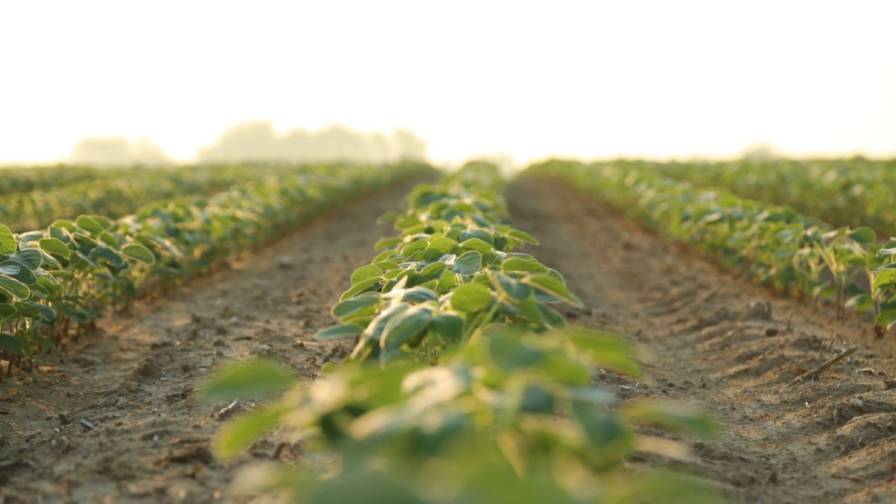Purdue Reminds Agricultural Employers of Their Responsibilities When Hiring Young Workers
Harvest is a busy time of year for Indiana farmers. Recent injury incidents involving youth and inexperienced workers highlight the potentially hazardous events that can be paired with the season. Bill Field, Purdue University professor of agricultural and biological engineering, reminds agricultural employers, regardless of the size of the operation, to be mindful of both their responsibilities and liabilities when hiring young workers.
“Deaths and injuries to youth who participate in potentially hazardous activities as part of their agriculture-related employment represent a needless loss and reflect poorly upon the agricultural community. No crop is worth the life of a young worker,” Field said.
Regulations that specifically address agriculture are included as the Hazardous Occupations Order in Agriculture (HOOAs), an amendment to the Fair Labor Standards Act (FLSA) of 1938. The HOOAs specify agriculture tasks that can and cannot be legally performed for hire by a youth younger than age 16.
Prohibited tasks were determined by the U.S. secretary of labor to be especially dangerous for this population based on prior injury data. These activities include operating tractors over 20 horsepower, operating certain machinery such as forklifts, entering confined spaces, handling pesticides, operating buses or automobiles to transport passengers, using blasting agents, and handling anhydrous ammonia.
Since these regulations are over five decades old, they do not specifically mention some hazards currently found in agricultural production such as the operation of all-terrain vehicles, utility vehicles and skid-steer loaders.
Failure to adhere to the HOOAs can result in incidents such as flowing grain engulfment that recently claimed the lives of several young workers. The HOOAs prohibit youth younger than age 16 from working as an employee inside fruit, forage or grain storage facilities designed to retain an oxygen deficient or toxic atmosphere.
Penalties for violations of the HOOAs can include “a civil penalty, not to exceed $11,000 for each employee who was the subject of such a violation; or $50,000 with regard to a violation that causes the death or serious injury of an employee under the age of 18 years, which may be doubled when the violation is repeated or willful.”
Farms with more than ten employees of any age are also subject to the provisions of the Occupational Safety and Health Administration. Depending on the level or frequency of negligence determined, OSHA reserves the right to refer the incident to the U.S. Justice Department for criminal investigation.
“Recognizing that younger employees are more vulnerable to workplace injuries, and adhering to regulations designed to promote the safety of employees, will reduce or eliminate the potential for injuries and deaths while affording greater protection from civil liability,” Field said.
For more information on the employment of youth in agriculture, contact your local Wage and Hour office, Department of Labor, or visit www.osha.gov. Another source for training resources for young and beginning workers is www.agsafety4youth.info.





